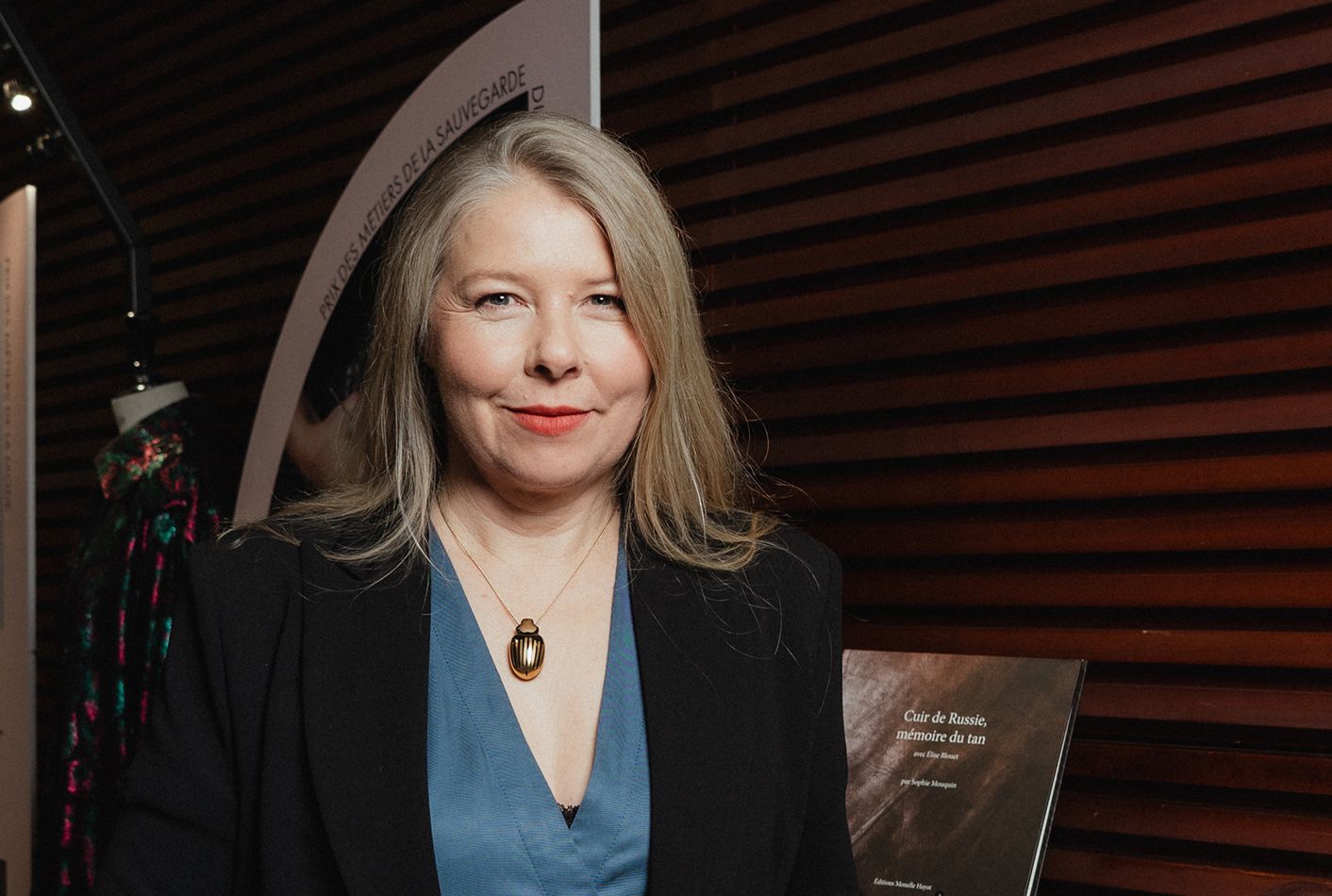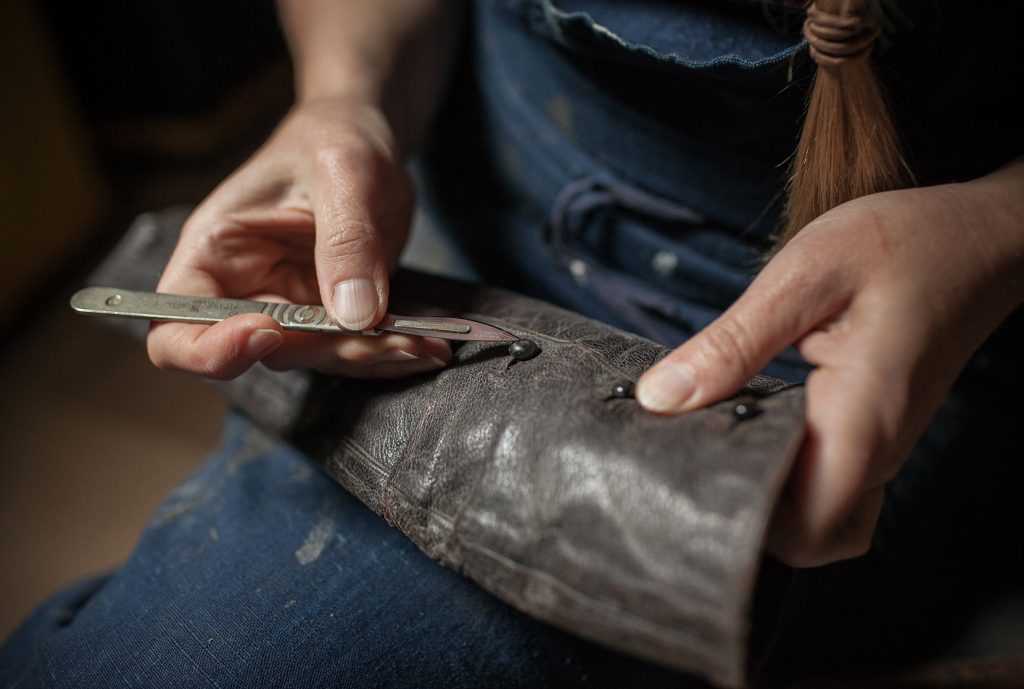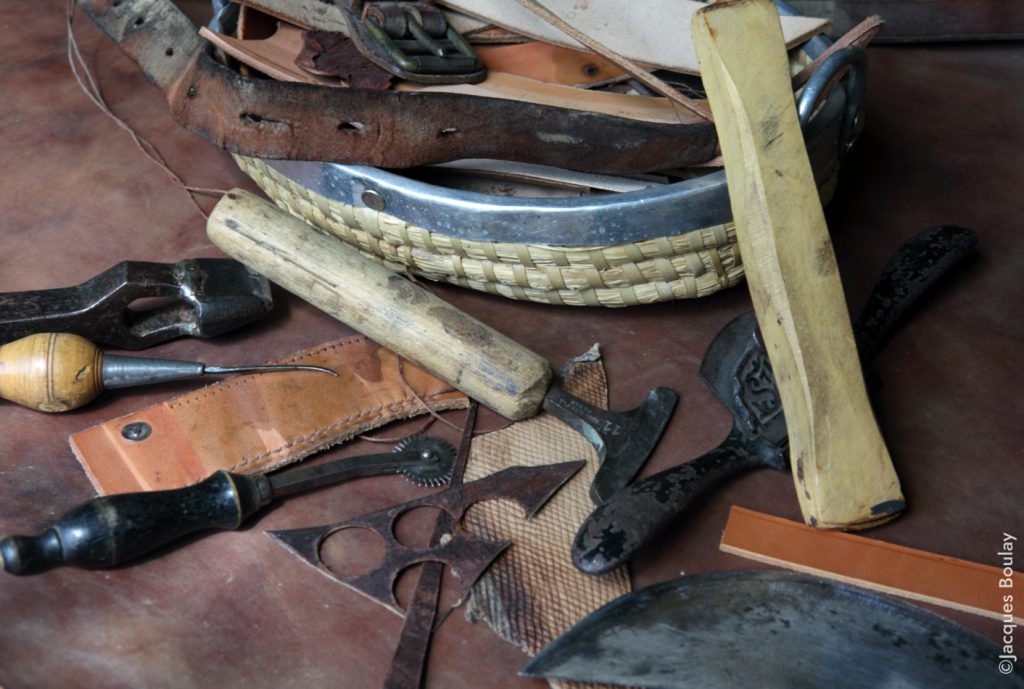Elise Blouet-Ménard: Preserving the Past. Part 1/2

Elise Blouet-Ménard has joined Ateliers SP as Co-CEO and Production Director. With a distinguished background in leather and metal restoration, Elise will play a crucial role in driving innovation, ensuring quality, and fostering strategic growth at Ateliers SP.
From Science to Art: A Career Shift
Q: Elise, your career path is quite unique. You studied industrial biology before moving into the world of conservation-restoration. How did that shift come about?
Elise:
“As a schoolgirl, I always had a passion for history, art and manual work. But we tend to be directed towards ‘serious’ professions, i.e. more scientific subjects, which I also enjoyed.
After a year studying industrial biology at an engineering school, I realised I deeply missed my first loves—art, history and manual work too much on a day-to-day basis. I thought of what I really liked to do and one job fitted perfectly: that of restorer. So I studied art history at La Sorbonne University and then specialized with a Master’s degree in restoration of art objects.”

Discovering Leather and Metal: Focus on Craftsmanship
Q: You’ve worked with a variety of materials in your career, but you seem to have a strong focus on leather and metal. What led you to specialize in these?
Elise:
“Before discovering my favorite materials, I did a number restoration courses: textiles, wood, watchmaking, precision mechanics, stained glass… and I fell in love with metal and ancient arms and armours. Leather is very often present on them, as on leather-lined shields, scabbards for weapons, and straps that hold the metal plates on armour…
So, I first trained in metalwork, then expanded my expertise in leather at the Leather Conservation Centre in Northampton, England.”
The Approach to Restoration
Q: How would you describe your approach to restoration?
Elise:
“In restoration, there is great respect for original materials that we want to preserve for future generations. You have to learn to identify them, but you also have to be familiar with traditional manufacturing techniques and understand the mechanisms of deterioration. There is, therefore, a global approach to the material, its manufacture, its history, and its deterioration. You need to have a general vision of the object to understand it before starting restoration work. You also learn patience because these operations often involve hours of work. There’s also the satisfaction of knowing that you’re working to preserve our heritage.”

Challenges in Leather Conservation
Q: Leather restoration seems quite intricate. What are some of the challenges you face when working with leather?
Elise:
“People talk about ‘leathers’, but the reality is quite different: there are ‘multitudes of leathers’. The difficulty lies in identifying which type of leather you are dealing with. Depending on the tannins used in its manufacture, the type of animal, and the period of the leather, the treatment can be very different. Softening and reshaping may be successful on 17th-century leather, but an irreversible disaster on 19th-century leather.”
Sourcing Materials for Restoration
Q: How do you source materials, especially when you are working with rare or lost types of leather?
Elise:
“I work directly with tanneries, particularly traditional tanneries in Europe. On certain projects, I ask them for custom-made leathers. For example, for the restoration of leather straps for armours, it is imperative that the leather does not contain any sulfur. Sulfur is found in modern emulsified oils and fats, so I ask the tanner to feed the hides by hand, the old-fashioned way. This prevents any interaction between the sulfur and the metal and avoids major corrosion of the original metal.”
Elise Blouet-Ménard has not only preserved valuable objects through her work but has also contributed to the ongoing development of conservation techniques. Her dedication to both the materials and the craft reflects her respect for history and craftsmanship. As she continues her work at Ateliers SP, Elise is committed to passing on her knowledge and skills to future generations, ensuring that both the objects and the artisans are preserved for years to come.